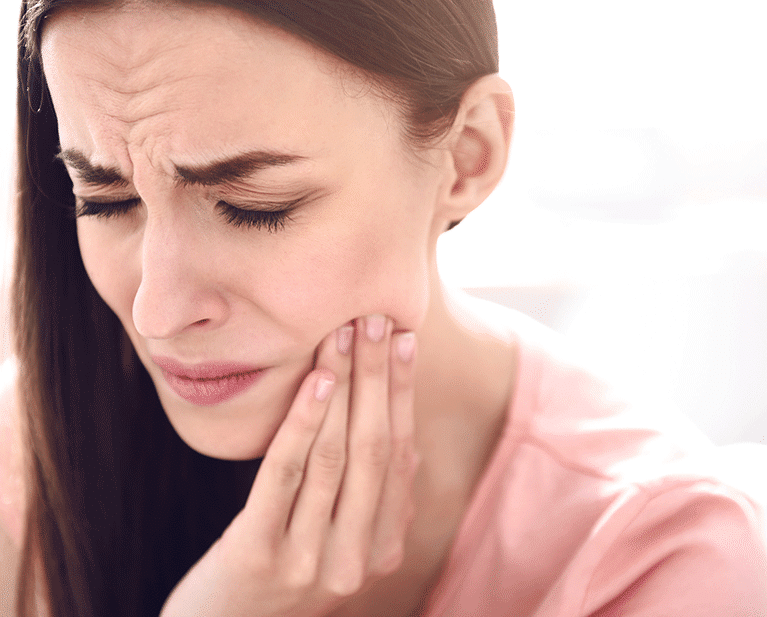Does your jaw pop, click, or clunk when you chew food?
You may have Temporomandibular disorder or TMJ.
Temporomandibular disorder is a designation that encompasses a range of dysfunction in the temporomandibular joint – the joint that allows your jaw to interact with the rest of your skull.
TMJ affects well over 5% of the population, with some studies suggesting as high as 12% (1). Further, it has been suggested that women are as much as 1.5 times more likely to exhibit symptoms consistent with TMJ disorders. Hormone levels, higher stress and a higher likelihood of disorders with the jaw all contribute to the higher rate of occurrence for female TMJ.
Who do you First Think of for TMJ Treatment?
Appropriately so, a dentist is often the first healthcare professional you would seek treatment from for TMJ disorders.
Common dentist-prescribed treatments given to TMJ patients range from night-guards, stress management, and exercises, but a physical therapist may be able to more accurately address a patient's specific problems.
Would You Mention your TMJ to your Physical Therapist?
If not, you should! The temporomandibular joint is a complex joint consisting of two discs, multiple ligaments, and many muscular attachments. Because your mandible (jaw) is attached on both sides but is one structure, the discs, soft tissues, and muscles on the opposite side can affect how the joints move on both sides.

When you seek physical therapy treatment for TMJ disorders, you can expect to be taken through a thorough evaluation to determine the structures that could be affecting your jaw, which may include your neck or shoulder!
Your physical therapist may recommend soft tissue mobilization, myofascial release, trigger point dry needling or exercises to perform frequently at home between your physical therapy sessions.
If you have jaw pain, do not hesitate to reach out to your Set PT physical therapist today to see what intervention strategies can help you!
Sources
1 Liu, Frederick, and Andrew Steinkeler. "Epidemiology, diagnosis, and treatment of temporomandibular disorders." Dental Clinics of North America57.3 (2013): 465-479.





